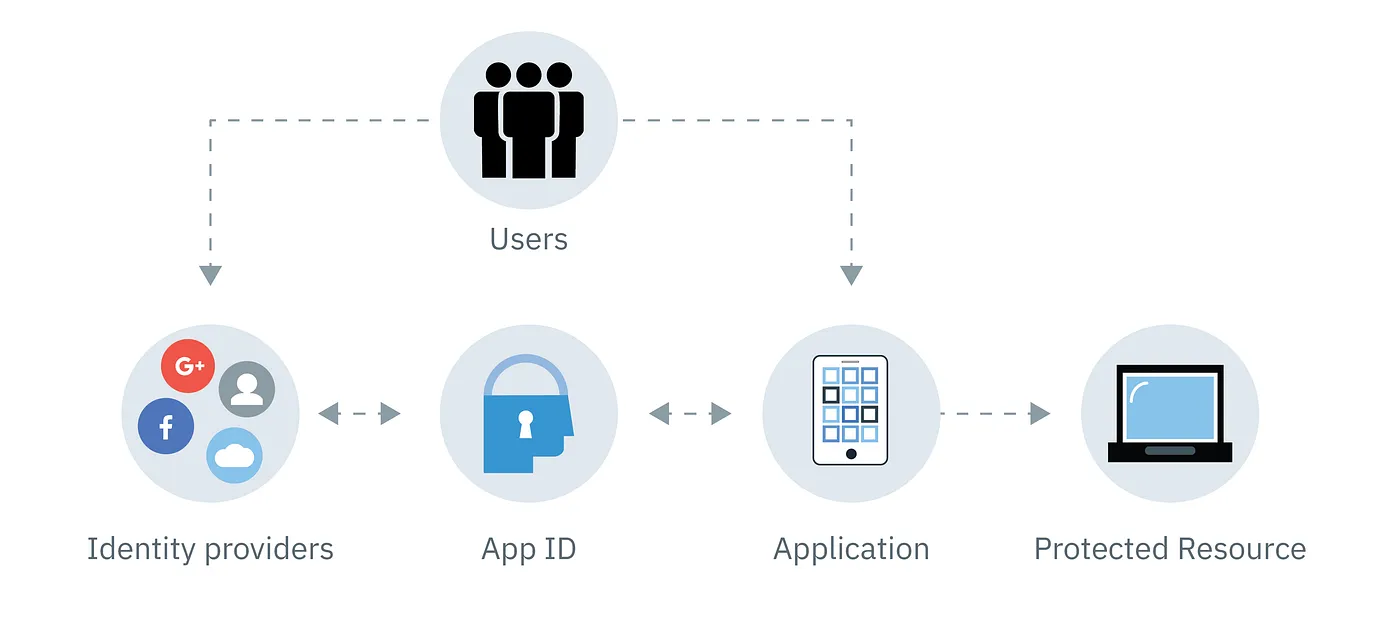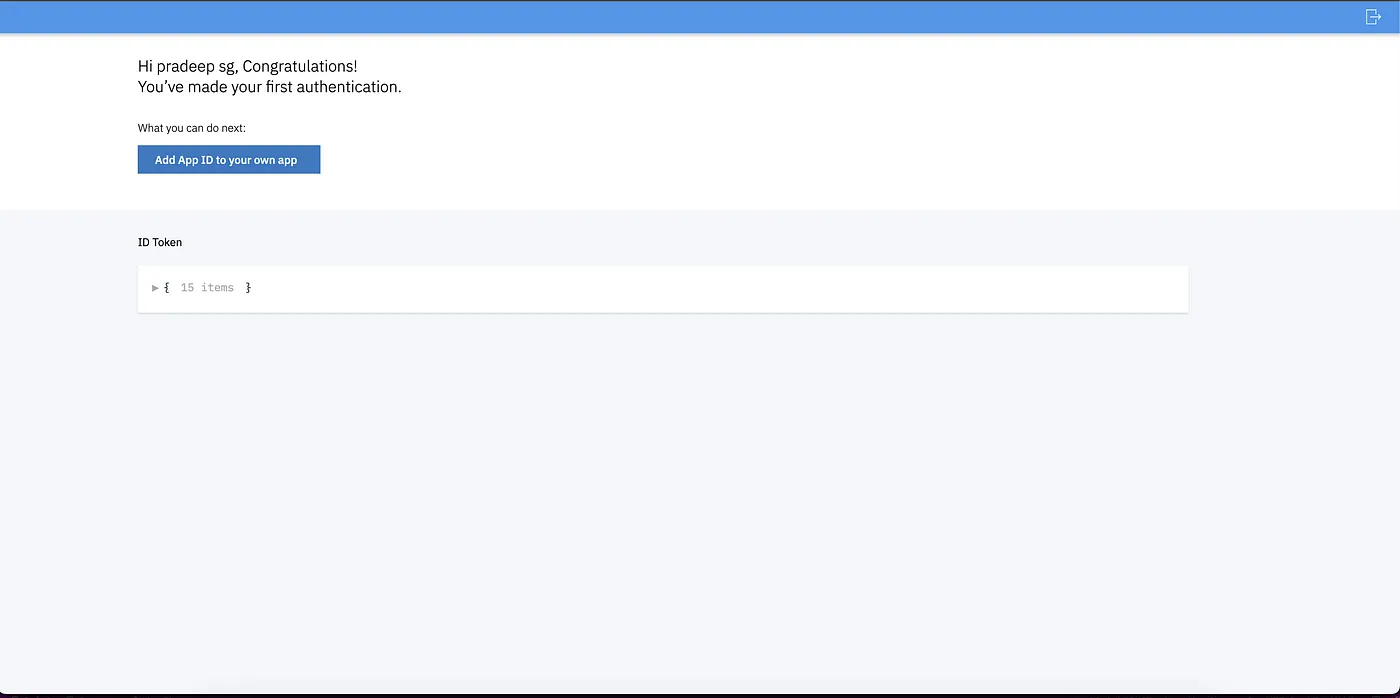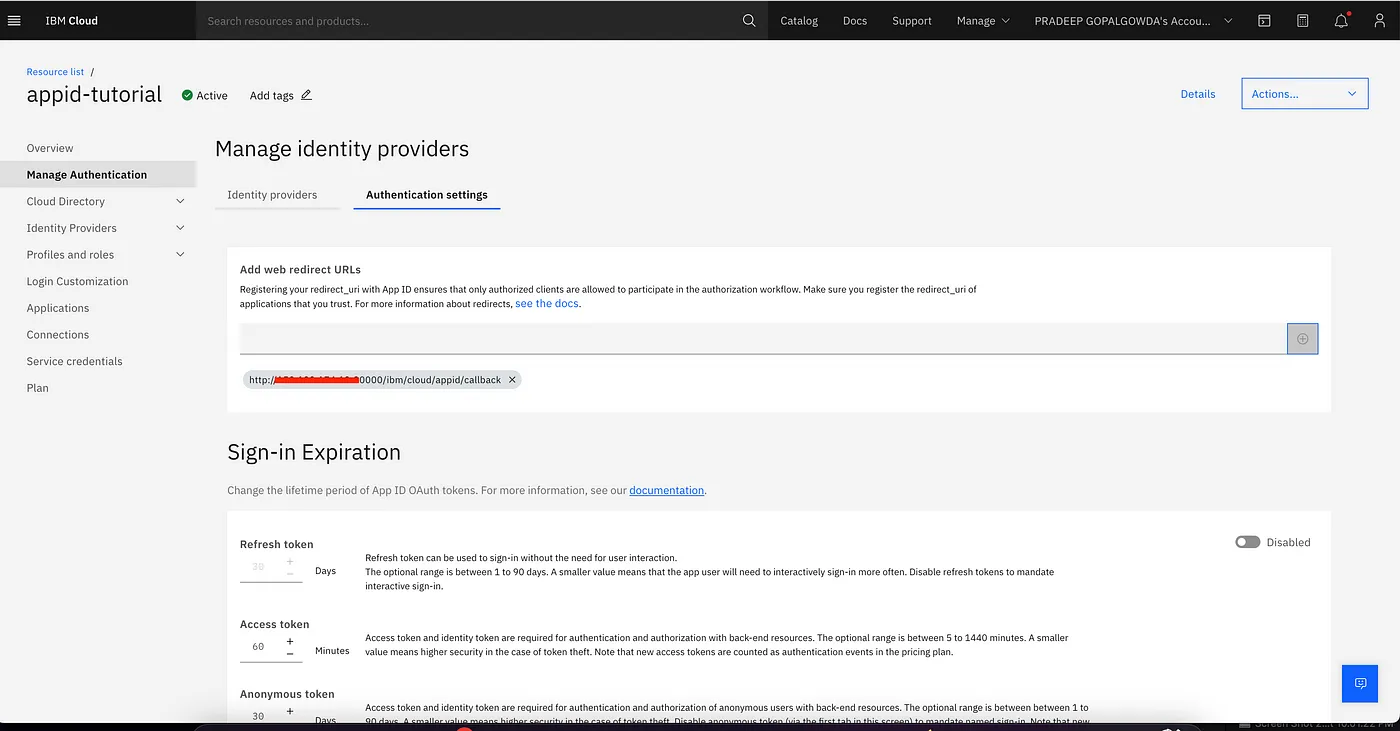Safeguard Your Cloud Native Applications: Empower Development With IBM Cloud App ID
Enhance app security with IBM Cloud App ID, enabling easy resource protection and authentication for developers without security expertise.
Join the DZone community and get the full member experience.
Join For FreeIn application development, achieving a fast time-to-value for developers is vital. However, it is equally crucial to ensure that valuable data is accessible only to the right individuals while keeping unauthorized users out. In the current landscape, application developers require robust security capabilities to protect their applications. Incorporating IBM Cloud App ID into your applications can provide a solution by enabling swift resource security and authentication, even for developers without extensive security expertise.
What Is IBM Cloud App ID?
IBM Cloud App ID is a cloud service that simplifies the process of adding authentication and authorization capabilities to applications. The service handles all operational aspects, allowing developers to focus on building secure applications.

App ID is intended for developers that don’t need or want to know anything about various security protocols. The service provides capabilities like Cloud Directory (a highly scalable user repository in the cloud), enterprise identity federation, social login, SSO, customizable Login Widget UI, flexible access controls and user profiles, multi-factor authentication, a set of open-sourced SDKs for easy app instrumentation, and more.
A major benefit of using App ID is the deep integration with other IBM Cloud components that creates a seamless experience for easy protection of cloud-native applications, including IBM Cloud Kubernetes Service, Cloud Functions, Cloud Foundry, API Connect, Activity Tracker, and more.
How Does It Work?
IBM Cloud App ID enables you to enhance your application's security by implementing user sign-in requirements. You can use the server SDK or APIs to protect your back-end resources.

Tutorial: Protecting a Node.js Web Application With IBM Cloud App ID on Kubernetes
In this tutorial, we will demonstrate how to deploy a simple Node.js web application on a Kubernetes cluster and secure it using IBM Cloud App ID.
Step 1: Create a Service Instance
- Ensure you have the necessary IBM Cloud prerequisites.
- In the IBM Cloud catalog, select App ID to access the service configuration screen.
- Provide a name for your service instance or use the existing one.
- Choose your preferred pricing plan and click Create.

Step 2: Configure a Sample App Prerequisites
- Install IBM Cloud CLI, Docker, and kubectl.
- Set up a running Kubernetes cluster and obtain an IBM Cloud container registry namespace.
Proceed with the following steps:
- Download the sample Node.js app.
- Log in to IBM Cloud using the command
ibmcloud login --sso. - Retrieve the cluster configuration by running the command
ibmcloud ks cluster-config {CLUSTER_NAME}. Set the KUBECONFIG environment variable accordingly. - Bind the App ID instance to your cluster using the command
ibmcloud ks cluster service bind -c {CLUSTER_NAME} -n default --service {APP_ID_INSTANCE_NAME}.![ibmcloud ks cluster service bind -c {CLUSTER_NAME} -n default --service {APP_ID_INSTANCE_NAME}]()
- Find your cluster's public endpoint
({CLUSTER_ENDPOINT}). - Edit the
kube_deployment.ymlfile to match your image name, binding name, and redirect URI. - Build your Docker image using the command
docker build -t {REGISTRY_DOMAIN}/{REPOSITORY_NAMESPACE}/appid-node-sample:{APP_VERSION}. - Push the image to the registry using
docker push {REGISTRY_DOMAIN}/{REPOSITORY_NAMESPACE}/appid-node-sample:{APP_VERSION}. - Deploy the application by executing
kubectl apply -f kube_deployment.yml. - Configure the OAuth redirect URL in the App ID dashboard to allow redirection to your cluster.
![App ID dashboard]()
- Access your sample application running on Kubernetes in IBM Cloud using the URL
http://{CLUSTER_ENDPOINT}:30000. - Click Login and authenticate using your preferred identity provider, such as Google.
![Login]()
![Sign in]()
- Congratulations! You have successfully authenticated your web application.

Conclusion
Incorporating IBM Cloud App ID into your cloud-native applications provides a straightforward approach to implementing robust authentication and authorization. By following this tutorial, you can secure your applications on Kubernetes quickly and effectively. Share your thoughts and experience as you leverage IBM Cloud App ID to enhance the security of your cloud-native applications. Cheers to building secure and reliable applications!
Opinions expressed by DZone contributors are their own.





Comments